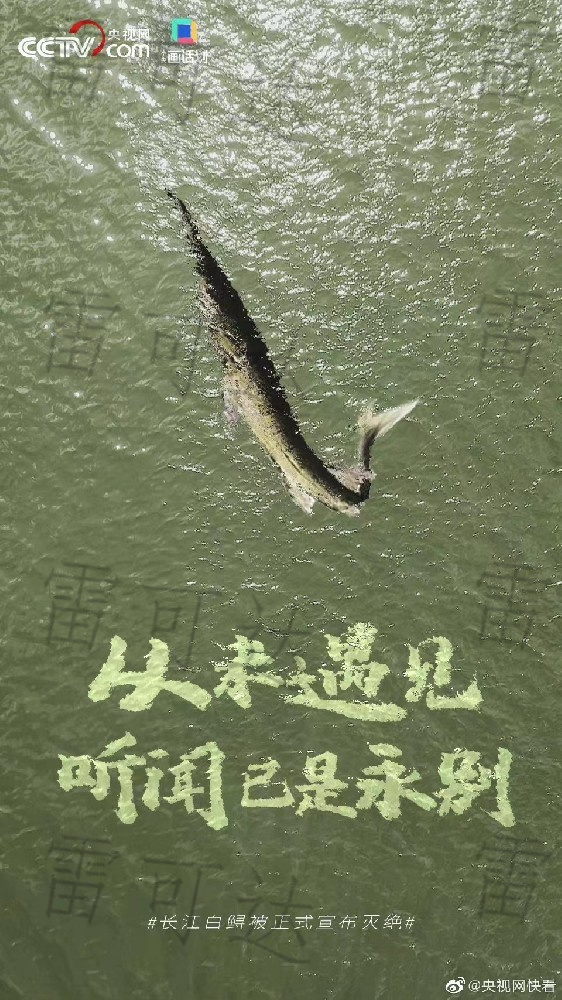On the evening of July 21, the International Union for Conservation of Nature (IUCN) updated its Red List of Threatened Species, officially declaring the extinction of the Chinese paddlefish and the wild extinction of the Yangtze sturgeon. This news has once again sounded a global alarm for biodiversity conservation.

Fortunately, the “Yangtze River Conservation” initiative has become a consensus in Chinese society. In recent years, a series of policies such as the “Yangtze River Protection Law” and the “Ten-Year Fishing Ban” have been implemented, providing a solid institutional foundation for the ecological restoration of the Yangtze River.

To strengthen the supervision of illegal fishing activities, the “Smart Fishery Administration” management system developed by our company, Wuhan Lakeda, has been officially put into use. This system integrates radar, photoelectric equipment, and an intelligent software platform to achieve all-weather, multi-dimensional monitoring of no-fishing zones, providing crucial technological support for the “Ten-Year Fishing Ban.”
By deploying radar equipment along the shoreline and linking it with security devices such as infrared and photoelectric sensors, the system enables all-weather early warning and target tracking in no-fishing zones. It automatically identifies and records intrusions, saves video and image evidence, and meets the requirements for law enforcement and evidence collection. Even under adverse weather conditions such as nighttime, rain, or fog, it can accurately identify targets within a range of 1 to 5 kilometers.
Leveraging infrared and photoelectric technology, the system can monitor the activity trajectories of illegal fishing vessels and personnel in real time, supporting full-process video playback and providing comprehensive, legally sound evidence for fishing ban enforcement.
As radar technology continues to mature, we look forward to seeing more advanced technologies applied in the field of ecological conservation. At the same time, we call for more policy support, social forces, and technology companies to join hands in biodiversity conservation, preventing more rare species from suffering the same fate as the Chinese paddlefish, and working together to protect our shared planetary home.